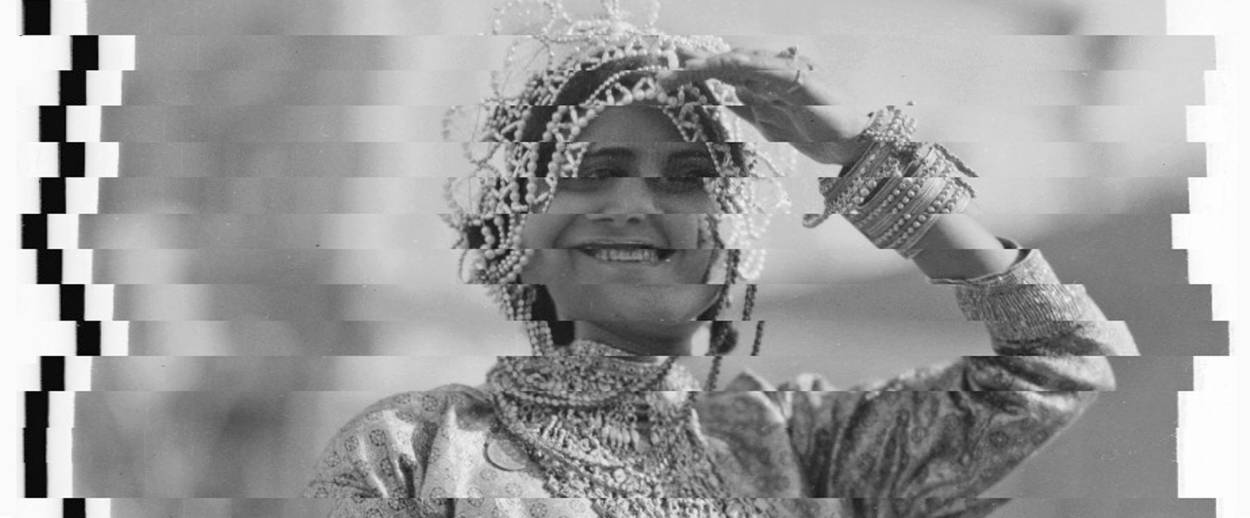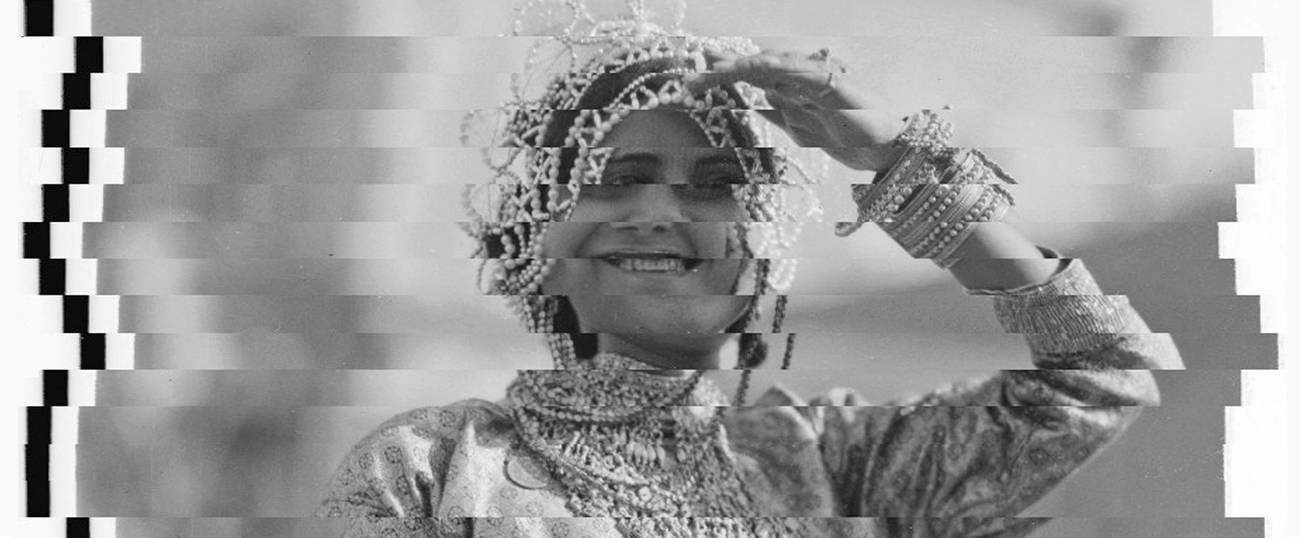Can Jewish Fairy Tales Have Happy Endings?
Emily Barton’s ‘richly imagined’ new novel ‘The Book of Esther’ projects fantasies of Jewish power onto a Tolkien-like land




Jewish writers have had an ambivalent relationship with the fantasy genre. It was primarily American Jews who created the comic-book superheroes, like Superman and Batman, who now dominate the screens and the imaginations of the globe. Despite the occasional Nazi villain, these stories have no explicit Jewish content—Superman may be an immigrant, but he comes from Krypton, not Galicia. This is a marked difference from the classics of literary fantasy, such as the Narnia tales of C.S. Lewis or the Middle-earth books of J.R.R. Tolkien, which are pretty explicit in their use of Christian and English historical themes. There have been a number of books in the last couple of decades featuring Jewish folk elements like golems and kabbalistic magic—such as Cynthia Ozick’s The Puttermesser Papers, or even Zadie Smith’s The Autograph Man—but I can’t think of any fully developed fantasy world that is thoroughly and overtly Jewish. The one exception may be the work of Michael Chabon, who told the story of those Jewish comic-book pioneers in The Amazing Adventures of Kavalier and Clay, and went on to create his own imaginary Alaskan Jewish society in The Yiddish Policemen’s Union.
Now comes Emily Barton to fill that gap, in The Book of Esther. In doing so, she demonstrates both the rich possibilities of Jewish fantasy and the fundamental challenges the genre faces. Barton’s book is Jewishly very knowledgeable, drawing on a broad range of history, mythology, and liturgy to create an internally coherent alternative universe. Yet when she tries to put that universe in motion, turning it into the setting for a classic quest tale featuring a spirited young princess, something goes awry. The problem may be as simple as this: Fantasies demand at least the possibility of a happy ending, and Jewish history has few of those to offer.
One of the triumphant stories in the Jewish canon is the biblical Book of Esther, which can be read as a kind of fantasy, even though it involves nothing explicitly supernatural. But the compounding coincidences and reversals of fortune in the Esther story, the way the humble Jewish girl becomes first a queen and then the savior of her people, have a fairy-tale flavor to them. And the troubling ending of the story, in which the Jews of Persia turn the tables on their persecutors and slaughter thousands of people, feels like a kind of covert wish-fulfillment: Just this once, the vulnerable minority will get to be tough and intimidating.
Barton, the author of two highly regarded previous novels, takes Esther’s name for her title and her protagonist. This Esther is the daughter of a high royal official in the Kingdom of Khazaria—a name that has a long presence in the annals of Jewish imagination. In the Middle Ages, word reached the Jews of Spain of the existence of a Central Asian tribe, the Khazars, whose ruling caste had converted to Judaism. Little was actually known about these Khazars, but they functioned in the Jewish imagination rather in the way that Prester John, the imaginary Eastern monarch, did for medieval Christians. One of the most famous works of Jewish thought, the medieval treatise The Kuzari, by Yehuda Halevi, takes the form of a dialogue between the King of the Khazars and a rabbi who convinces him of the superiority of Judaism to all other faiths.
Khazaria, in other words, became a screen on which to project fantasies of Jewish power, in a world where Jews were mainly oppressed and powerless. The real Khazar kingdom was destroyed by the rising empire of Rus in the 10th century. But in The Book of Esther, Barton imagines an alternative history, in which Khazaria survived as a Jewish state into the 20th century. No dates are used in the book, but as the action begins, this Khazar kingdom is threatened by the Nazi invasion of the Soviet Union, placing the time in the fall of 1941.
In other words, Barton plunges her imaginary world right into the darkest moment of real history; and this juxtaposition sharply limits her narrative options. Obviously, she can’t tell a story about the Khazars heroically defeating the Nazis and preventing the Holocaust, because this would be a juvenile and almost blasphemous kind of wish-fulfillment. But why invent a Jewish kingdom only to tell the story of it, too, being annihilated by Hitler, adding fictional Jews to the death toll of the 6 million? This would be too depressing and futile a premise for a work of Jewish fantasy fiction. For all the inventiveness she shows in bringing Khazaria to life, this is a problem that Barton can’t solve, and it shadows The Book of Esther from beginning to end.
It is even reflected in the ground rules Barton establishes for her richly imagined alternative universe. Khazaria, as we get to know it through Esther’s eyes, is a kind of steampunk fantasia, with its own versions of 20th-century technology. Instead of tanks, Khazar soldiers ride super-realistic mechanical horses, complete with tails and snapping teeth—a nod to the prowess of their horseback-riding ancestors. Radio exists in this world, but the primary means of communication over long distances seems to be carrier pigeons. Instead of helicopters, there are aerocycles, pedaled through the air by their pilots. Atil, the capital city of Khazaria, is more medieval walled fort than modern metropolis.
In short, Khazaria is intensely picturesque but also antiquated and eccentric and surely unequipped to hold off Hitler’s panzer armies. (Hitler himself is never referred to directly, only in biblical euphemism as “Haman the Agagite,” another borrowing from the Esther story.) This is a way for Barton to combine fantasy—the Khazar Jews have cool inventions and weapons—with realism—like the European Jews, they are fundamentally helpless in the face of Nazism. Indeed, the suburbs of Atil have filled up with refugees from Eastern Europe, remnants of the Holocaust who have been protected—but only temporarily—by this Jewish kingdom. If nothing changes, they will all be wiped out when the German armies arrive.
No one realizes this more acutely than the 16-year-old Esther, the daughter of the king’s hereditary adviser. Esther is due to be married in a few weeks, but—as we expect from a 21st-century fairy tale—she rebels against gender expectations and yearns to lead an army into battle. To accomplish this, she believes, she must become a man; and so she runs away from home, in search of a legendary village of Kabbalists who can perform this magic transformation. Her companions are Itakh, a slave boy who has been raised as her brother, and Seleme, her mechanical horse.
The bulk of the novel consists of Esther’s journey to the village of Yetzirah (cleverly named for the classic kabbalistic work Sefer Yetzirah, “The Book of Creation”) and back home again. Without giving away too much of the story, it’s safe to say that she triumphs over dangers both human and supernatural and ends up at the head of a volunteer army that includes a regiment of golems, fashioned from clay by kabbalistic magic. But will her forces be enough to turn the tide of the invasion? And will her father, and the kingdom’s male elite, accept a girl as a general?
This question gets to the heart of what really interests Barton in creating a Jewish kingdom: confronting Jewish tradition with modern ethical intuitions. Esther is a pious girl, and Barton writes warmly of the pleasures of Jewish ritual, especially prayer and Shabbat observance. Here are the magicians of Yetzirah welcoming the Sabbath:
The men didn’t stop once they were outside. Instead, their steps skipping into a dance, they proceeded out of the town gate into the grassland adjoining the cultivated fields. While singing the verse “Come, O Bride! Come, O Bride!” they all turned to face east and bowed to the darkening hills and the stars rising in the sky. For a moment the gathering fell quiet, then erupted into an ecstatic chorus, everyone whirling and dancing.
This quasi-Hasidic scene captures the sense of Khazaria as a community still in touch with ancient ways, still organically whole in its Judaism. (Modern ways of thought such as secularism and feminism seem not to have penetrated the borders of Khazaria, another way in which it is a fantasy kingdom out of time.) Yet much of the energy of The Book of Esther is devoted to challenging the hierarchies and divisions that are so much a part of traditional Judaism. Esther is a girl who wants to live like a man, including the frank expression of her sexual desires. She rebels against the biblical institution of slavery—still seemingly in effect in Khazaria long after it was abolished in the rest of the Jewish world—and resents the way her beloved Itakh is treated as a servant rather than an equal. Improbably, one of the major preoccupations of the novel is discrimination against golems: Just because they’re not human, Esther comes to feel, doesn’t mean they can’t be good Jews.
There is something questionable about making moral concern for golems the center of a novel that takes place during the Holocaust. What we see in The Book of Esther is a clash of modern American egalitarianism with nostalgia for the Jewish past—a clash that is, indeed, central to American Jewish identity. But the question of whether Khazaria can become a more equitable place seems moot when the whole kingdom is on the verge of annihilation. There is no satisfying resolution to this problem, which is why there is no good way for the novel to end; as it is, the action breaks off in a way that seems to hold out the promise of a sequel. I would like to see that, not just because all the great fantasy books have sequels, but because finding a plausible fate for Khazaria would be the supreme test of any novelist’s powers.
***
To read more of Adam Kirsch’s book reviews for Tablet magazine, click here.
Adam Kirsch is a poet and literary critic, whose books include The People and the Books: 18 Classics of Jewish Literature.